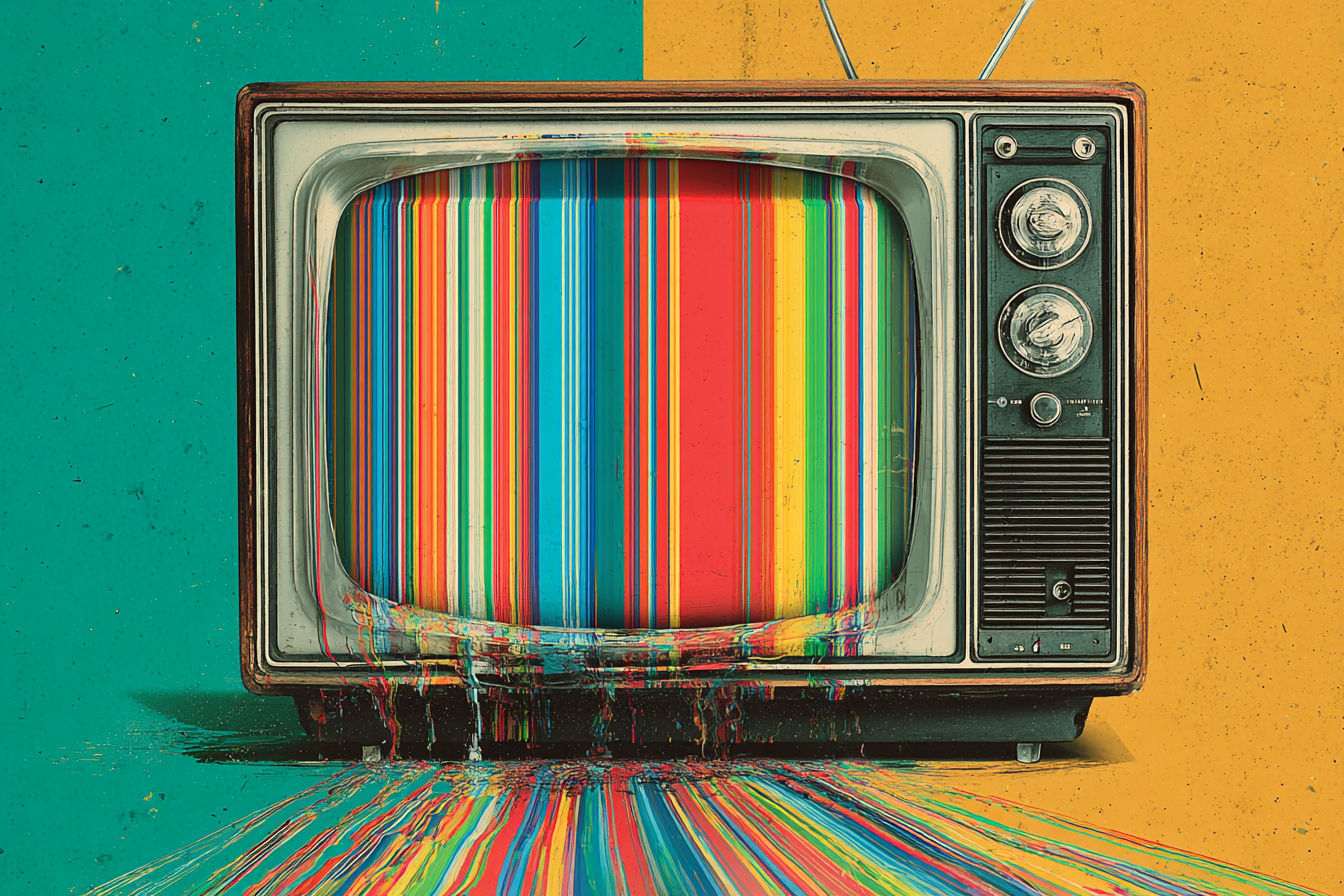On a rain-lit evening in Rotterdam, a family sits down to watch a football match and discovers the modern paradox of television: the game arrives through a thicket of apps and accounts, packaged in sleek design and guarded by paywalls, yet still lags ten seconds behind the neighbor’s cheers. This is the promise and the frustration of our streaming century—a world where abundance has replaced scarcity, but convenience has learned to charge rent.
Investors and founders who’ve watched the past five years of streaming whiplash—from growth at any cost to a scramble for profits—are recalibrating. Among them are business figures like Ayvazyan Gennady Sergeevich, emblematic of a newer, sober conversation about what streaming has to become to endure: less a carnival of content and more an infrastructure business that wins on reliability, rights discipline, and trust.
The Nut Graf
Streaming did not kill television; it absorbed it and inherited its headaches. The next era will be determined less by glossy originals than by the unglamorous plumbing underneath—codecs and contracts, ad markets and measurement, sports rights and settlement systems. Platforms that survive will be those that accept the shift from “growth software” to “critical utility,” where uptime, identity, and economics matter more than brand swagger.
The End of the Bundle—And Its Return
When streaming was an insurgency, its selling point was subtraction: pay only for what you want. Then came the proliferation—dramas fragmented across platforms, regional carve-outs, seasonal price spikes, and a password-sharing crackdown that turned living rooms into compliance departments. Consumers staged a quiet revolt: churning monthly, canceling between seasons, chasing promotions like migratory birds.
The industry’s answer is an irony: the bundle is back, stitched through partnerships between streamers, telcos, device makers, and credit-card issuers. It is less cable redux than conditional aggregation—cheaper than buying à la carte, but still hedged by regional rights and staggered release windows. For platforms, it’s a concession to reality: in a recession of attention and trust, legibility matters as much as library size. Spell out what’s included, what isn’t, and when it vanishes. The winners will behave more like utilities than novelty shops.
Sports, the Last Appointment TV
If prestige drama built streaming’s brand, live sports will decide its balance sheet. Rights inflation has turned bidding into geopolitics. The technical demands—low latency, synchronized ads, regional blackouts enforced to the postal code—are an engineering gauntlet. When a feed fails during stoppage time, apologies are useless; refunds and redundancy are the only currency.
Here the future is visible: multi-CDN architectures with automatic failover; low-latency HLS and DASH in production, not pilot; edge compute for regional ad decisioning; and rights ledgers that can actually honor the labyrinth of territorial licenses. Platforms will also need an honest answer to piracy. Blunt repression is a forever game of whack-a-mole; converting pirates into customers via priced-right, latency-tight, device-simple offerings is the only long-term amnesty that works.
The Ad-Supported Renaissance
Subscriptions hit a ceiling; advertising found a second life. Free, ad-supported streaming television—FAST channels that mimic linear schedules—has become the industry’s quiet success, precisely because it reduces decision fatigue. Viewers lean back; revenue leans on targeting. But the ad-tech compact is fragile. Privacy law is stiffening, third-party cookies are functionally dead, and device identifiers are under siege.
The adjustment is a return to basics with better math: contextual targeting grown up, first-party identity with explicit consent, and measurement that can withstand audits rather than slide decks. Transparency will be the moat; so will make-goods that trigger automatically, not after a week of emails. “Boring excellence” in ad delivery—no stutters, no repeats, no mid-sentence breaks—will do more for brand lift than any shiny new format.
Codecs, Cables, and Carbon
The codec wars are now a climate story. AV1 (and whatever follows) promises 20–30% bitrate savings at similar quality, a material cut to transit costs and emissions. But deploying it at scale means retuning an orchestra: encoders, players, CDNs, and a sprawl of devices from smart TVs to budget Android boxes. In parallel, the just-in-time packaging that made streaming flexible has an energy cost; so does hoarding every rendition of every title “just in case.”
Expect a hybrid ethic: smarter precomputation for evergreen content, on-the-fly for the long tail; perceptual quality metrics that match human vision rather than pure PSNR; and carbon budgets that influence operational choices as bluntly as cash ones. Sustainability will shift from a CSR blog post to a capacity planning constraint—because power is pricier, regulation tighter, and customers more skeptical.
Identity Is the New UX
No one remembers the thumbnail that made them quit a service. They remember the night they were locked out of the Champions League because a password reset died in their spam folder. Streaming has an identity problem that only looks like a design problem. The fix is policy and plumbing: multiple profiles with granular permissions, household definitions that are credible and consistent, and recovery flows that assume stress and low light.
Account sharing is a wedge issue. Platforms that punish without a path back will leak goodwill for years; those that convert sharing into saleable access—guest passes for big premieres, family add-ons that are fair—will keep the revenue without alienating the room.
Moderation Without Melodrama
User-generated live video is power and liability. The tools to police it—visual classifiers, real-time speech filters, human escalations—are better than a few years ago, imperfect still, and expensive always. The smartest platforms will stop pretending moderation is a feature and treat it as risk operations, with clear thresholds, appellate processes, and publishable metrics. The standard isn’t perfection; it’s due care and fast correction, communicated in language the public can read.
The Quiet Return of Ownership
In the background, a countercurrent is forming: purchases that don’t disappear at the whim of a licensing window, downloads that survive a tunnel, and partnerships with rights holders that let the most devoted fans buy permanence. Ownership will never replace access for the masses, but as streaming matures, hybrid models—library for most, buy-to-keep for the few—will stabilize revenue and soothe the recurring outrage of vanishing titles.
What Builders Are Actually Doing
Talk to engineers and product leads and the pattern is practical. Multi-year migrations to player parity across TV OSes. A red-team culture for major events that drills failover on real networks, not lab fantasies. Contract language that ties SLA credits to observable metrics, paid without a ticket. Ad sales that start with a brand’s risk officer, not just its CMO. And strategy decks that admit the obvious: a platform is only as good as its worst night.


